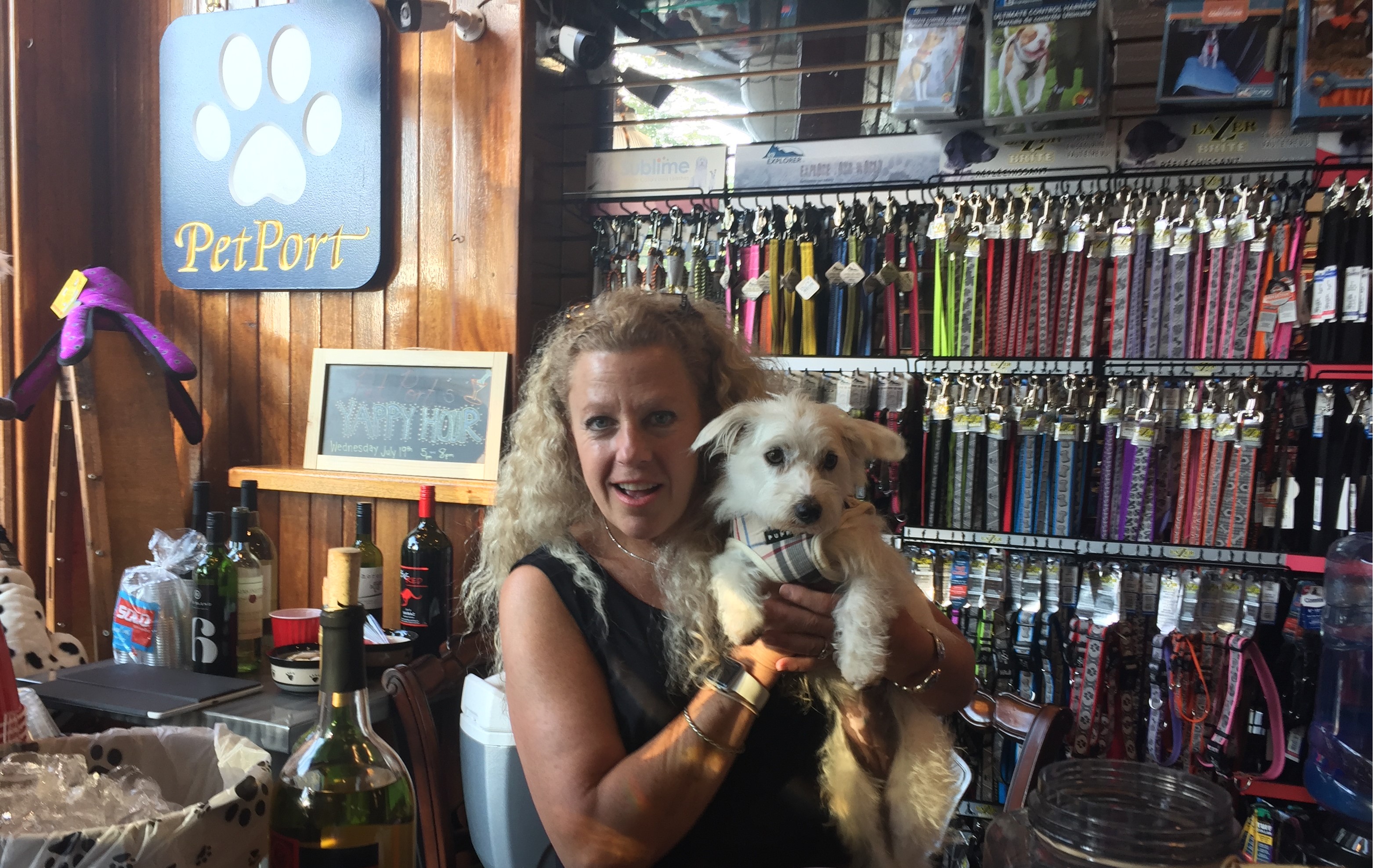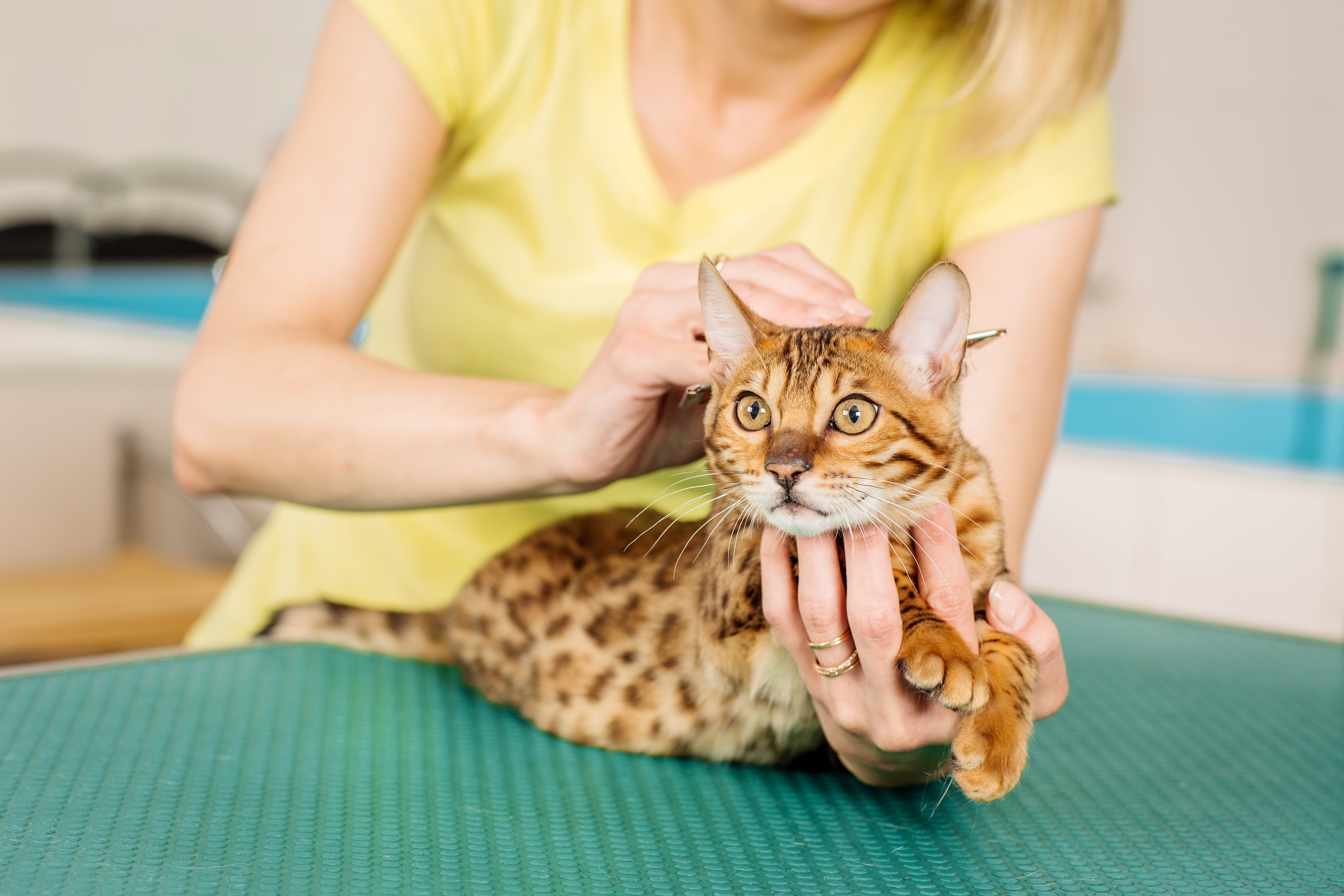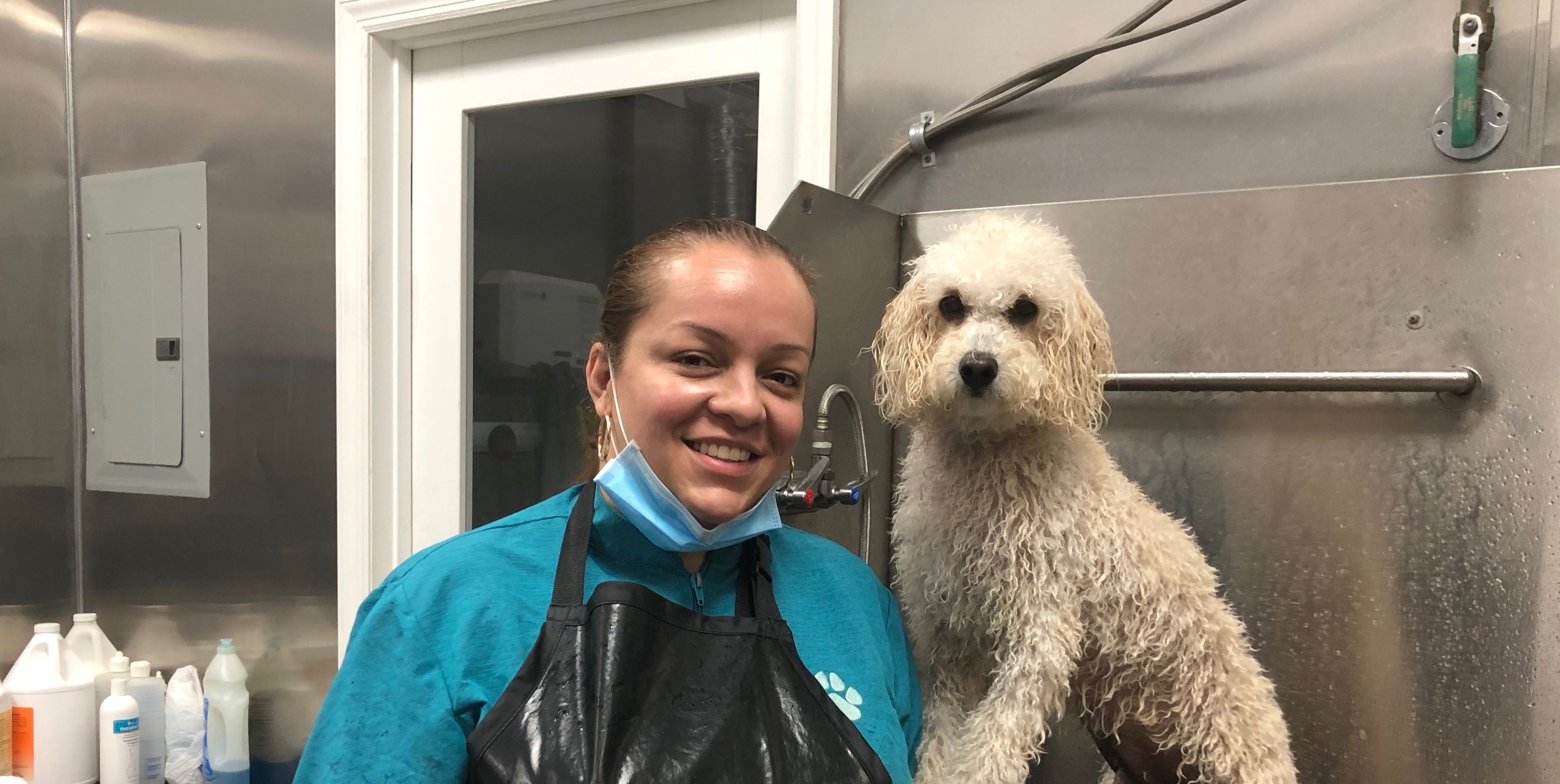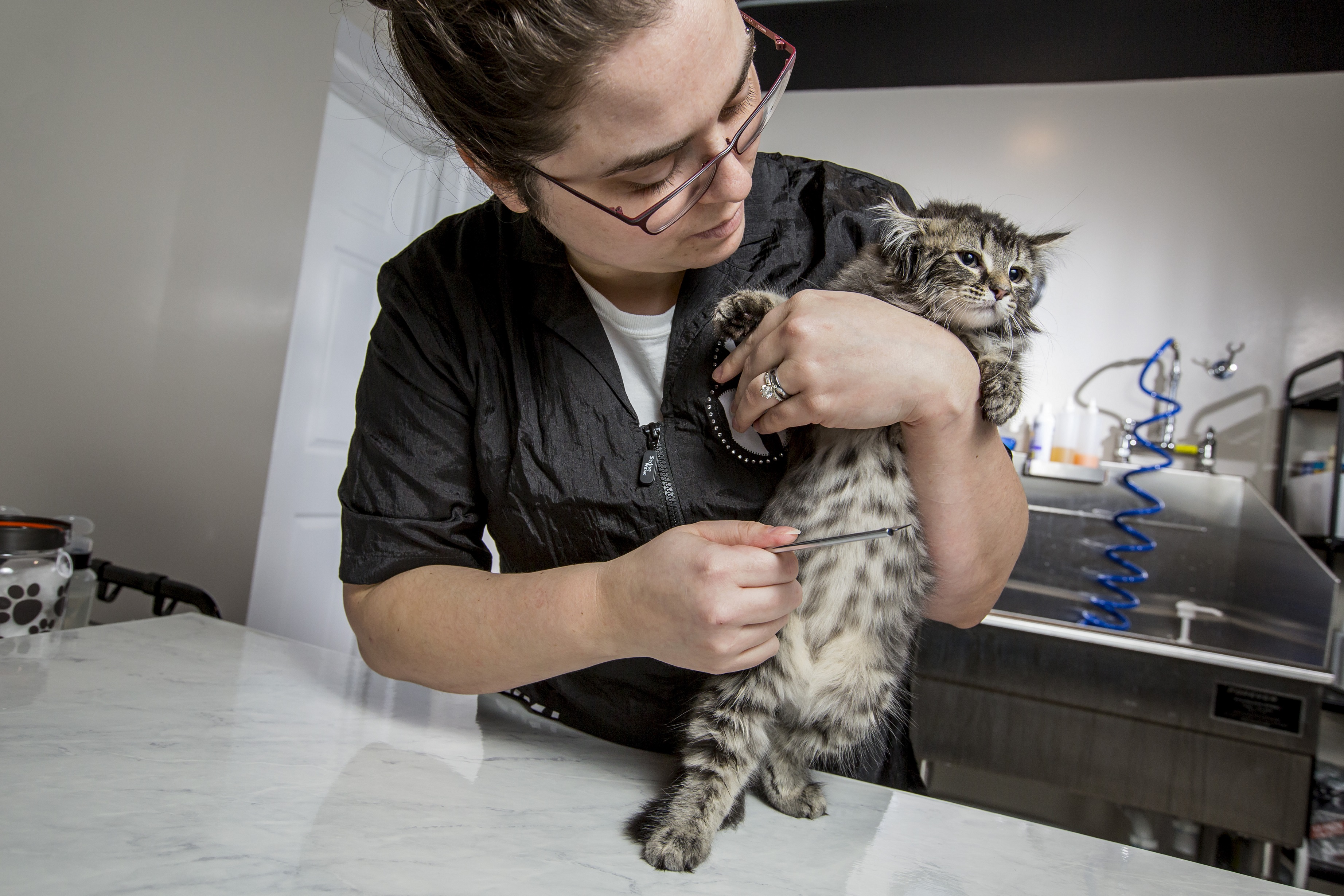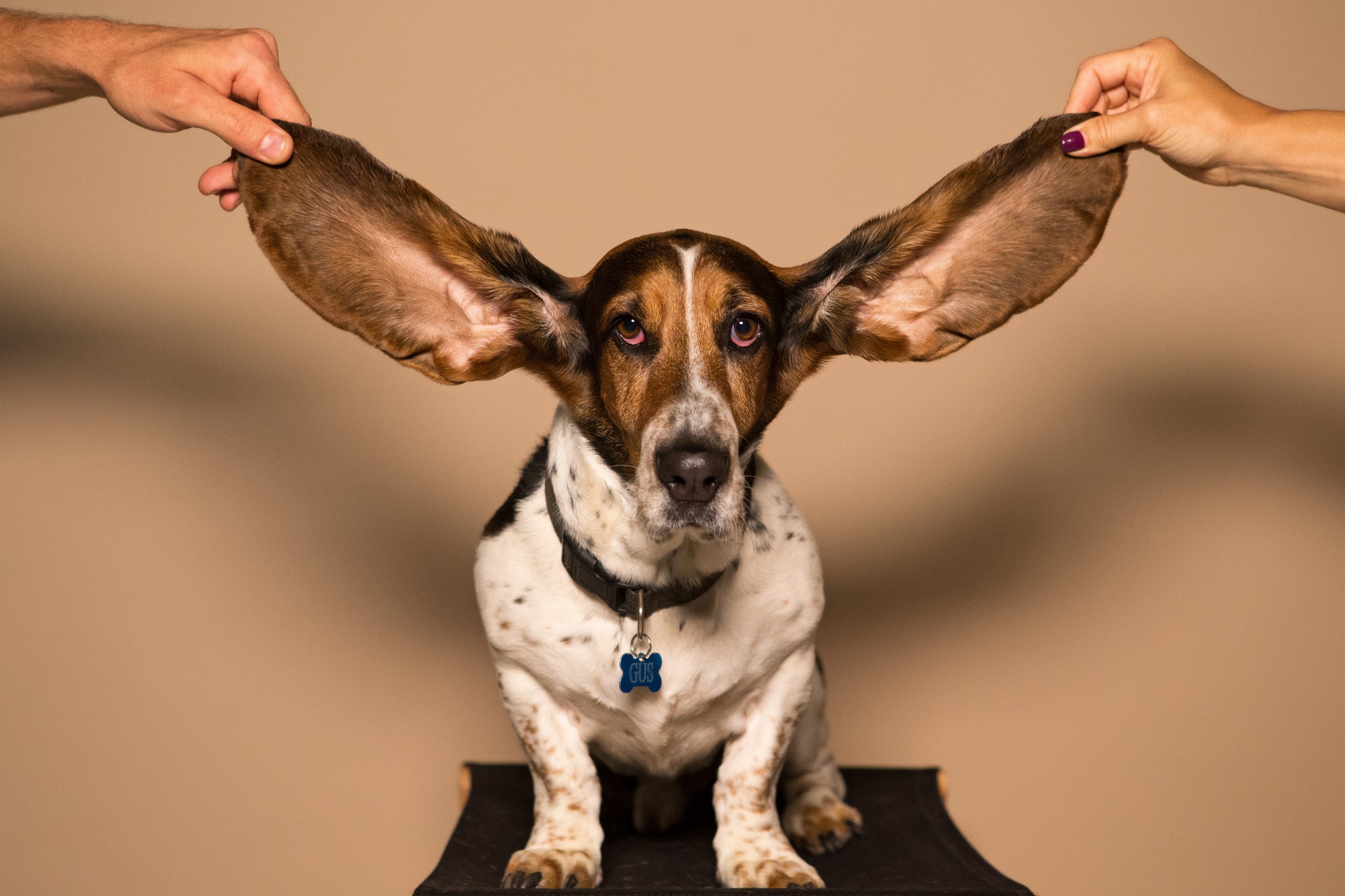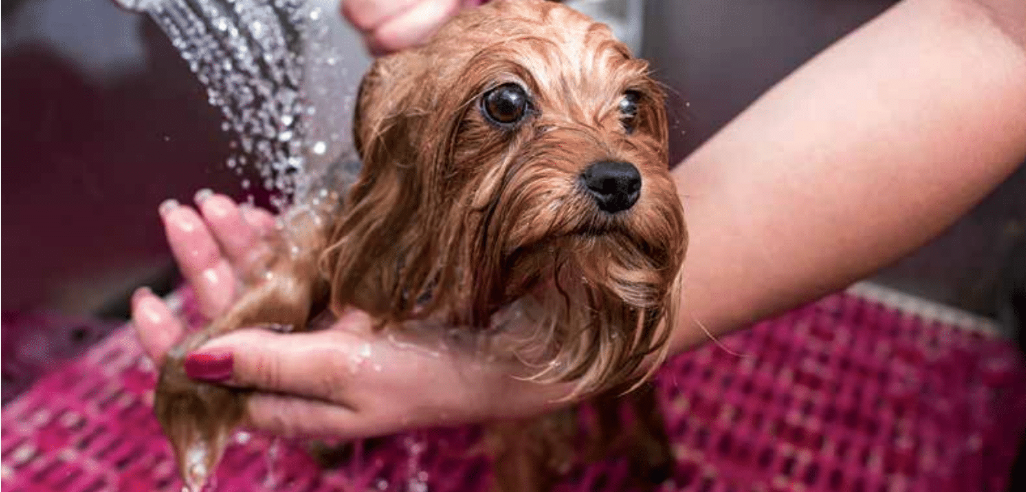An Ounce of Prevention
Maggie Marton //August 1, 2016//
What steps do you take to keep your salon safe, not just for the pets entrusted in your care but also for you and your employees?
A safe work environment is crucial to successful operation. Each staff member needs to be trained in the salon’s policies and procedures, and it starts when the first client walks through the door.
Safety Guidelines
Earlier this year, Andis Company announced a partnership with Animal Behavior College (ABC). ABC certifies professional dog obedience trainers, pet groomers and veterinary assistants. Andis will provide educational support for ABC’s grooming students in their Grooming Instruction Program. For one year, Andis will provide Grooming Instruction students with Andis products and tools training, along with product samples, breed grooming guidelines and best practices training.
In 2015, the Professional Pet Groomers & Stylists Alliance (PPGSA) released standards for safety and sanitation. Last fall, Pet Age staff reported “the document includes sections addressing pet housing standards, equipment standards, general professional standards and work standards, and demonstrates responsible grooming practices within the industry. These standards establish industry-wide guidelines that pet owners can rely on when entrusting their pets to the care of a professional groomer or stylist.”
The PPGSA was created as the collaboration of expertise of the three major national dog styling associations—International Professional Groomers, Inc., the International Society of Canine Cosmetologists and the National Dog Groomers Association of America, Inc.—along with other industry and retail partners to develop industry-wide safety and sanitation standards for pet grooming. Membership in the PPGSA provides a salon with the guidelines that ensure safe operations.
Plan Ahead
Salons can be hectic places, especially at drop-off and pick-up times. However, to ensure staff safety, ask 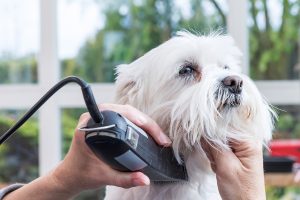 pet owners specific questions about their animal’s behavior and medical history. If you can discover that a dog snaps when his paws are touched, staff can make accommodations in advance without risk. Ask about medical issues, particularly problems with the skin, coat, ears, eyes and anal glands. Grooming methods may need to be altered to accommodate any issues, including referring the client to their vet.
pet owners specific questions about their animal’s behavior and medical history. If you can discover that a dog snaps when his paws are touched, staff can make accommodations in advance without risk. Ask about medical issues, particularly problems with the skin, coat, ears, eyes and anal glands. Grooming methods may need to be altered to accommodate any issues, including referring the client to their vet.
Safety also includes basic precautions like walking slowly on the often-wet floor to avoid slips and keeping the work environment clean and orderly. Each state has its own laws and regulations regarding these and many more, so educate the entire staff on those rules.
Keep tools in safe, working order and ensure that all staff members are trained in how to operate them properly. This is critical for large pieces like tables, lifts and any arms or restraints. Safe operation of those heavy pieces of equipment keeps both groomer and pet safe.
Consider apparel designed for safety, like the scrubs made by Insect Shield, which integrate insect-repelling technology.
“Regarding the safer environment, wearing Insect Shield apparel helps protect staff from fleas and ticks that can carry dangerous illnesses such as Lyme,” said Insect Shield’s Janine Robertson. “It also helps prevent staff from potentially bringing the critters home after work.”
Safety for the pet starts with restraint. Have a plan in place to ensure every animal in the salon is restrained at all times. It’s never a good idea to let any animal wander around the shop.
Dogs can bite. Cats can scratch (and bite). Have the appropriate equipment, like muzzles and emergency bite-proof gloves, within easy reach. Having them tucked in a cabinet won’t do anyone any good in an emergency situation. Make it part of the routine to check that equipment for rips or tears and replace as needed. Train staff on how to use the appropriate equipment and when to do so.
Remember that you aren’t required to groom every animal that walks through the door. If the situation becomes unsafe beyond the staff’s training, simply call the owner to come pick up their animal. While they may be unhappy, safety comes first.
An often-overlooked procedure that ensures safety: Don’t overbook. A salon is already busy and can become chaotic. Overbooking stretches the staff’s ability to properly restrain every animal at all times, 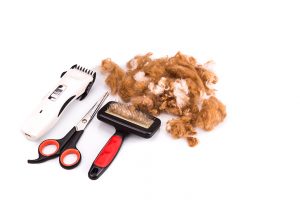 and it often forces groomers to work too quickly. An overbooked, stressed staff can make mistakes that can lead to injuries to themselves or to the animals in their care.
and it often forces groomers to work too quickly. An overbooked, stressed staff can make mistakes that can lead to injuries to themselves or to the animals in their care.
Finally, a safe work environment is a clean work environment. In addition to sterilizing tools and work surfaces, have a cleaning procedure in place that all staff members can follow. In addition to daily tasks, schedule in larger ones like cleaning out vents, ducts and filters that can become clogged with fur and, thus, a fire hazard.
Everything outlined here can be planned in advance and procedures developed (and trained). Safe operations ensure that employees and customers stay happy and healthy. That keeps your business running smoothly.






